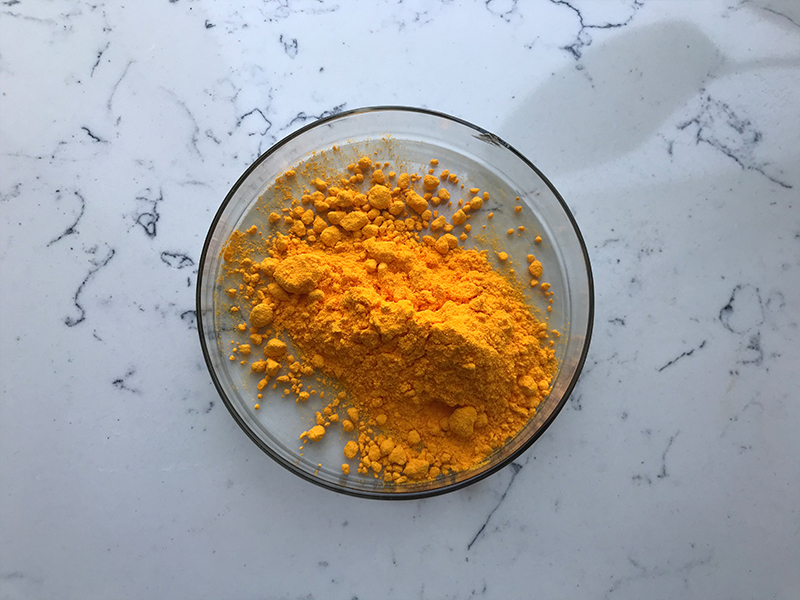Coenzyme Q10 (CoQ10) is a potent antioxidant known for its essential role in human health. A key question often asked is: “What are the sources for Coenzyme Q10 extraction?” The answer lies in two primary methods: Solanine extraction from discarded tobacco leaves and the safer, more advanced method of microbial fermentation.

From Tobacco Leaves to Coenzyme Q10: The Solanine Extraction Process
The extraction process of Coenzyme Q10 often begins with a compound called solanine, which can be derived from waste tobacco leaves. The process involves breaking down the tobacco leaves to extract solanine, which then undergoes a series of complex chemical reactions to synthesize Coenzyme Q10.
Microbial Fermentation: A Safe and Effective Extraction Method
The second, and more preferred method of obtaining Coenzyme Q10 is through microbial fermentation, primarily using pork heart, liver, or kidneys. Microbial fermentation is considered the safest, most advanced, and purest method for extracting Coenzyme Q10. The process involves using specific microorganisms to ferment the organic material, resulting in a liquid containing Coenzyme Q10. The Coenzyme Q10 is then extracted from this fermentation liquid, ensuring a high degree of purity.
Alternative Extraction Methods: Chemical Synthesis and Biological Extraction
In addition to solanine extraction and microbial fermentation, other methods of obtaining Coenzyme Q10 include chemical synthesis and biological extraction. While less common, these methods serve as valuable alternatives for producing Coenzyme Q10.
The Role of Coenzyme Q10 A Powerhouse for Heart Health
Once obtained, Coenzyme Q10 plays a vital role as a guardian of heart energy, primarily supplying the heart with power. It has been noted for its potential in preventing atherosclerosis and combating fatigue. Furthermore, as a strong antioxidant, Coenzyme Q10 can protect cells from damage caused by free radicals, all without any toxic side effects.
Conclusion: Understanding the Importance of Coenzyme Q10 Extraction
Understanding the extraction process of Coenzyme Q10 from various sources, such as tobacco leaves and through microbial fermentation, gives us a deeper appreciation of how this essential compound is made available for human health. As a key component in heart health and as a powerful antioxidant, the importance of Coenzyme Q10 cannot be overstated. Through continued research and development, we can look forward to more innovative methods of extracting and utilizing this vital compound for the betterment of human health.
